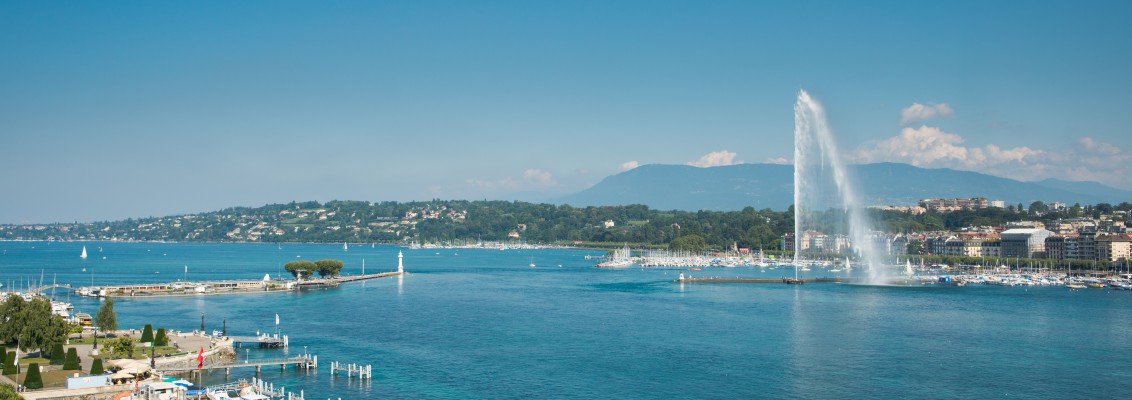Let the Water Flow

Lake Geneva’s fountain is spouting again. Thanks to a custom cable from HELUKABEL, it can be safely controlled.
Lake Geneva wouldn't be the same without its landmark. The 140-metre (460-foot)-high fountain is a major tourist attraction.Two pumps with a total power of 1,000 kilowatts send 500 litres (132 gallons) of water up into the air at a speed of 200 km/h (124 mph) every second. When it was first built in 1886, the water jet was originally a safety overflow valve for a high pressure hydraulic plant. At that time, the water sprayed 30 metres (98 feet) high. In 1891 the fountain was moved to a new location. As part of the relocation to the harbour basin, the water pressure was increased and the fountain was fitted with a lighting installation.
CUSTOM-MADE CONTROL CABLE
Between November 2015 and June 2016, Geneva residents had to do without their Jet d’Eau. The city council had plans for a new boardwalk jetty made of wood that would also give disabled individuals easy access to the fountain. This required a rework of the water jet’s control system and simultaneously provided the chance to implement other optimisations. “Our job was to renew the pump supply cable, the cable for the control system and the power cables to the lighting installations,” recalls Kevin Wilde who managed the project for Geneva-based utility company, SIG. The 400-metre (1,312 foot)-long control cable presented a considerable challenge to him: “As the existing control unit had to be kept, we couldn’t just install a new fibre-optic cable. We needed a customised cable compatible with the existing system.” At the same time though, its design had to allow for a future replacement of the control system. Since the cable was lying on the bed of the lake, it also needed to be totally waterproof. Wilde thus embarked upon his search for a suitable cable. “Most manufacturers either couldn’t make a cable according to these specifications or, if they could, they couldn’t deliver on time,” recalls Wilde.
DURABLE AND FLEXIBLE
At HELUKABEL AG in Spreitenbach, Switzerland, he finally found what he was looking for. They were able to both develop and manufacture an appropriate cable. “To ensure a certain flexibility when it comes to the future design and installation of a new control system, we twisted together shielded conductor pairs in the 16-core control cable,” reports Product Manager Gernot Springer, who headed the project at HELUKABEL AG. “But this increased the outer diameter,” he recalls. “For the installation in Lake Geneva, the new cable’s minimum bending radius and tensile load capacity weren’t allowed to be significantly different from the values of the existing cable. We achieved this by optimising the twisted pairs’ lay-lengths and using steel wire braiding instead of steel tape for the armouring.” Yet there was still one problem remaining: Wilde only needed a cable 500 metres (1,640 feet) long. The minimum order length for custom cables is 1,000 metres (3,280 feet). Together with Gernot Springer, a solution was found here as well and six weeks later HELUKABEL delivered the specified cable in the requested length to the construction site at Lake Geneva. “The new cable complies with all our requirements and was delivered punctually,” points out a satisfied Kevin Wilde. Geneva was given back its landmark in summer 2016: the fountain is now barrier-free, and even a couple of centimetres higher, Wilde confides with a wink.
